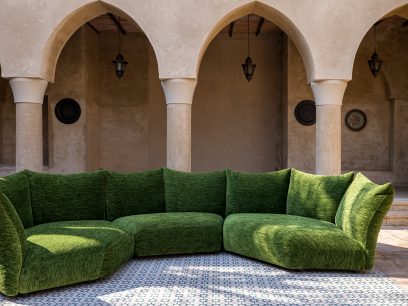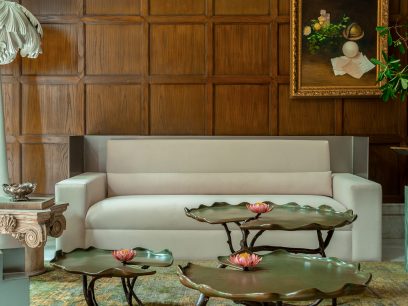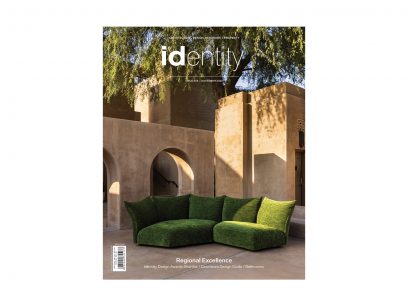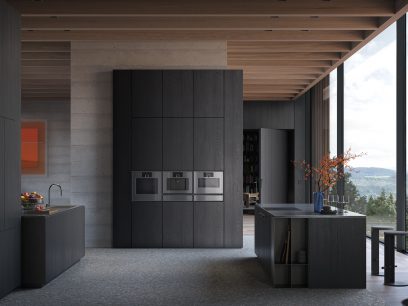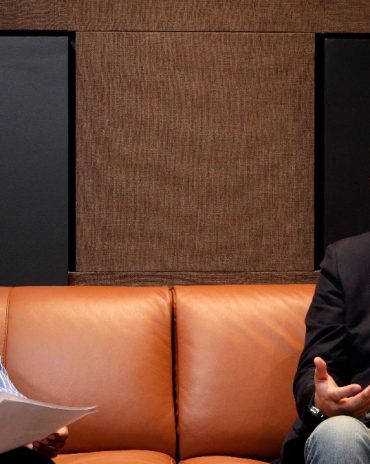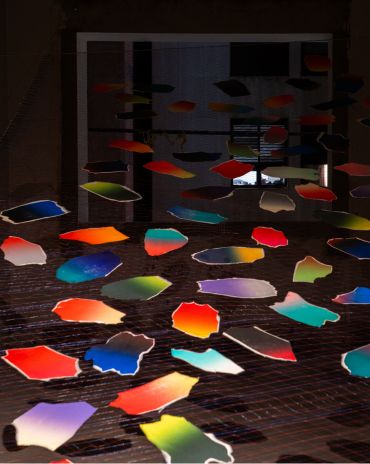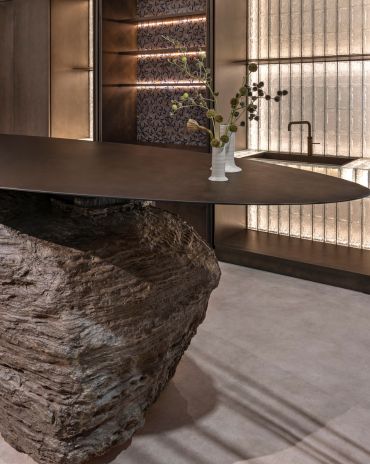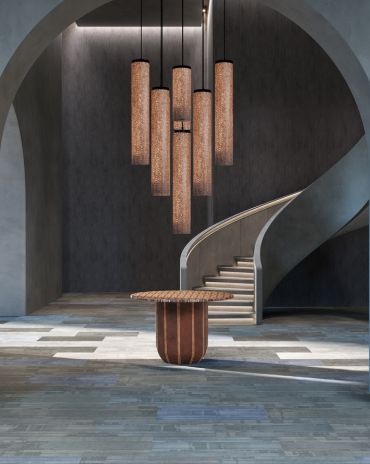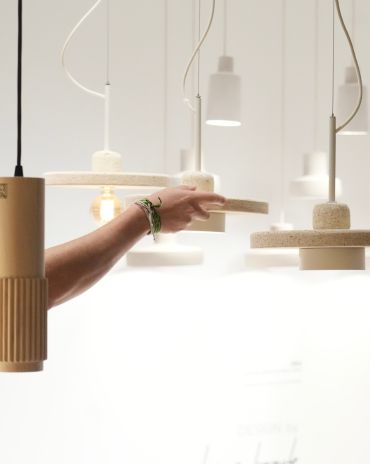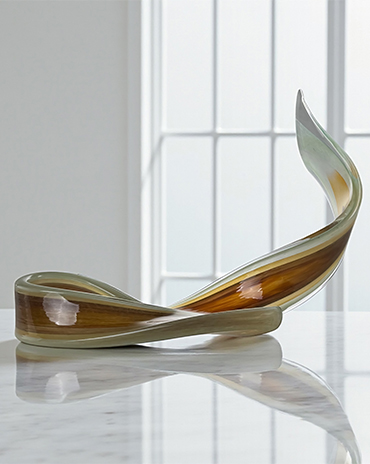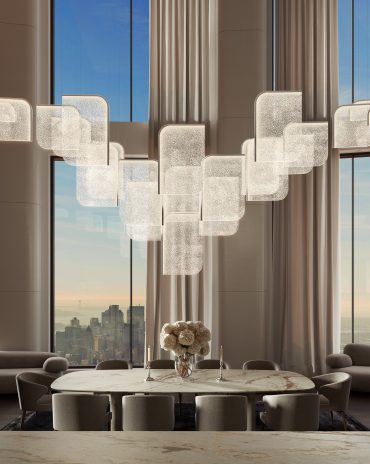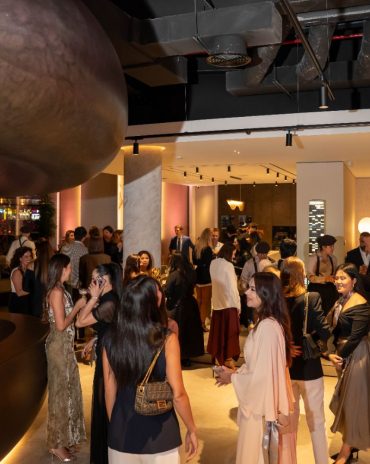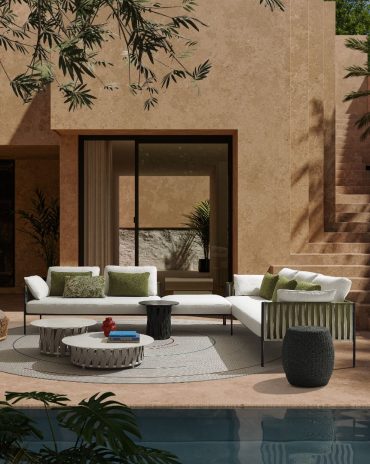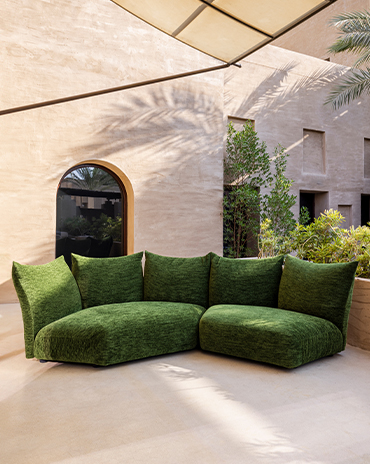Copyright © 2025 Motivate Media Group. All rights reserved.
id50 2025 – Mohamadreza Ghodousi
Founder of ZAV Architects talks about his firm's work and design achievements.
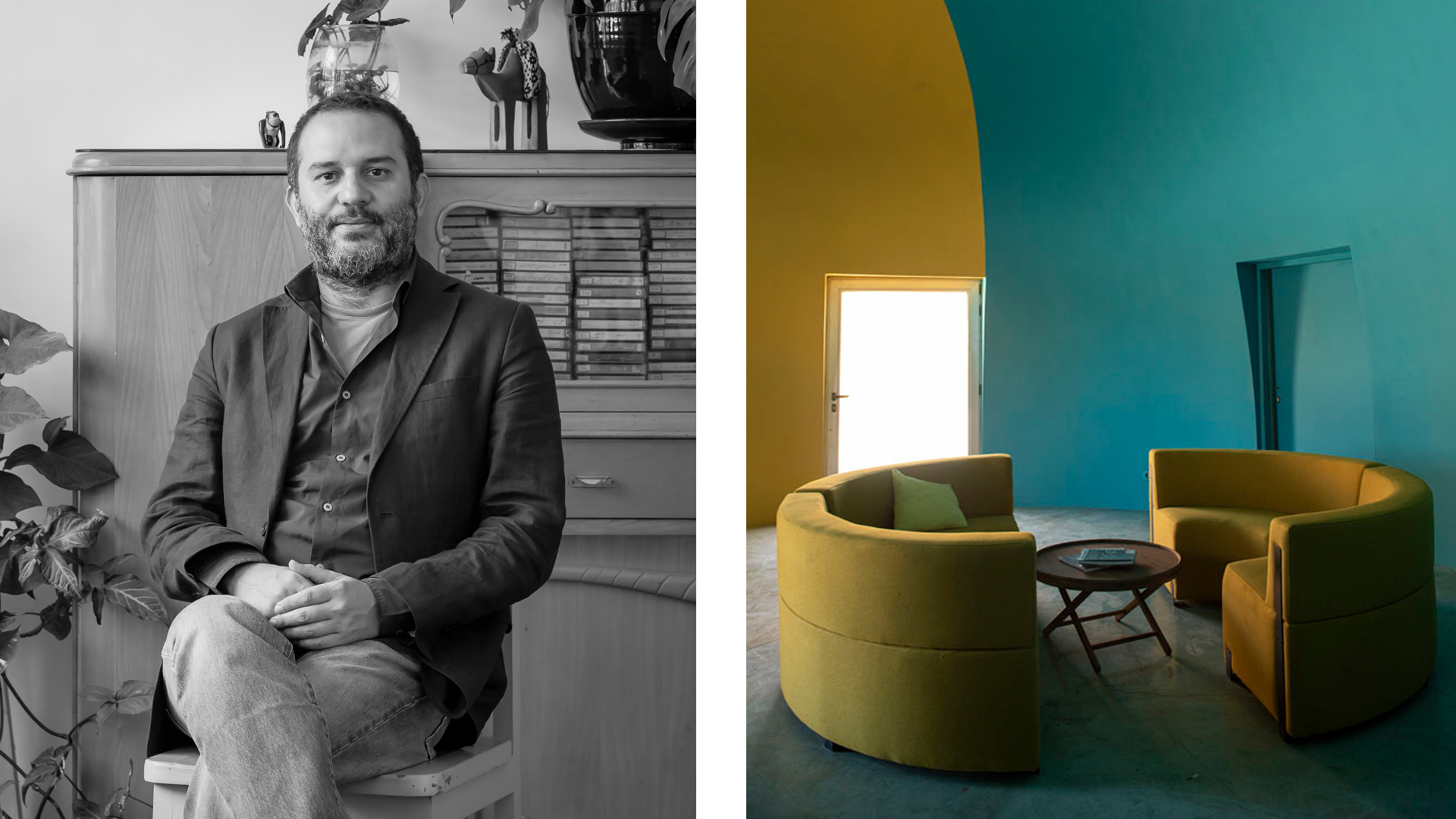
Can you let us know about the latest exciting projects that you are working on?
I can mention three projects we are currently working on:
Roodi Bazaar is a vertical market in Gonbad-e Kavus, Iran. The exciting aspect of this project is transforming the concept of a shopping mall into a bazaar. Unlike traditional malls, which are not fully public and dictate a specific way of engagement within their shared spaces, Iranian bazaars are semi-open, naturally ventilated, and publicly accessible to everyone. Shopping in a bazaar involves walking through interconnected spaces, creating a fluid experience. Inspired by the city’s iconic brick monument and the adjacent river, we designed a vertical bazaar that ascends along the z-axis.
The second project continues our work on Tangrah Orchard, near Gonbad-e Kavus, Iran. Previously, we designed a memorial for an environmental activist, Baba Beski, using steel rebars. This memorial is situated in an orchard that includes Baba Beski’s old house and several smaller buildings. Our idea is to design a “cycle of decay” where different structures exist in a state between completion and erosion. This involves orchestrating their deterioration through natural forces, a path that is both experimental and fascinating for us.
The third project is a work-live complex for artists in Detroit, USA, which we have recently designed. Drawing inspiration from the adaptable structures of Iranian bazaars, which use fixed elements to create diverse spatial configurations, we proposed simple, flexible frameworks for this complex. Detroit, a city undergoing revitalization, shares surprising similarities with our home context, including an urgent need for flexibility and resilience.
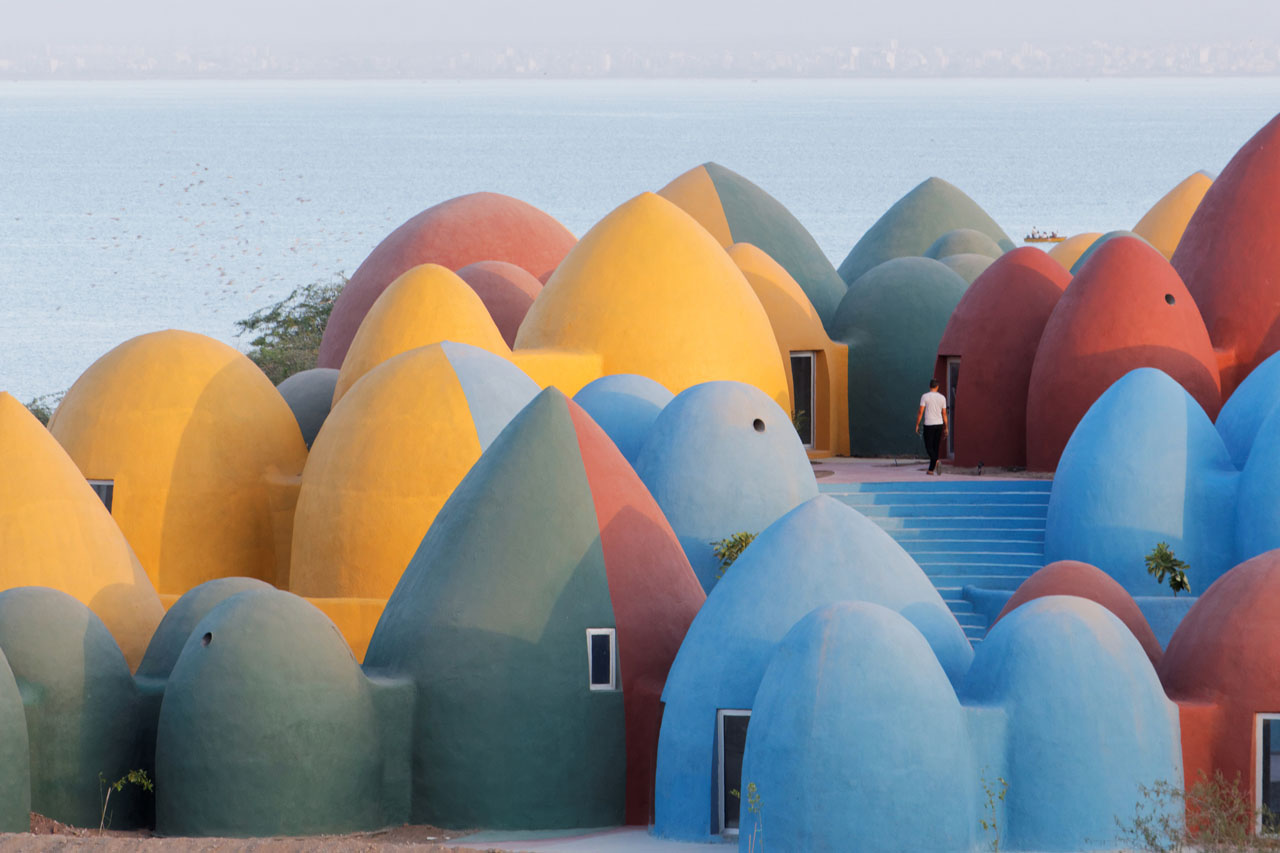
Please mention some of your proudest achievements as a firm (Top 3)
When I think about our achievements, I don’t think about individual projects but rather broader impacts we’ve made. Here are some key accomplishments that we’re proud of:
ZAV Architects has always pursued a vision rooted in exploring and utilizing inherent resources, even the intangible one. It has put emphasis on craftsmanship, accessibility, affordability, and a process-driven aesthetics. Over the years, we’ve successfully actualized this vision, transforming it from an idea into a tangible framework with visible effects and impacts. This has led to its recognition within and beyond the architectural community.
We’ve built a diverse team united by shared curiosity and dedication who value exploration and understanding over accolades or competition. ZAV has been shaped from the ground up, driven by collective creativity.
ZAV has cultivated its own unique lens, allowing us to approach diverse contexts with fresh perspectives. This lens uncovers hidden resources in various geographies and communities, inspiring us to engage with untapped potentials. This realization—that there’s always more to discover and learn—fuels a sense of constant inspiration and joy, reminding us that this journey is just beginning.
Can you talk about a type of project that you would like to take on in 2025 that would – interest you and your team to pursue (dream project that you would like to manifest)?
We’ve recently completed the design for a dream project, and I hope conditions in 2025 will allow us to execute it. This is the live-work complex we designed for Detroit.
What truly makes a project “dreamlike” is the quality of partnerships. When the client and collaborators align with our vision and understand our ideas, I don’t feel the need to convince them about trivial matters. In fact, it’s quite the opposite and they push us forward. This alignment enables us to focus our energy on more essential aspects of the work.
Another project I’m eager to pursue further in 2025 is a research initiative we started last year. It began with a question: How can we draw a map of Iran? Can a series of lines on paper truly represent a land? In this project, we explored more fluid concepts of territories and resources, redefining them based on the people who inhabit them. My hope for the coming year is to advance these ideas and achieve more tangible outcomes.
How would you describe your ‘house style’ and design philosophy?
Our “house style” could perhaps be defined by its absence. At ZAV, we focus on a process-driven approach to design, emphasizing the journey rather than the final object. This allows us to arrive at outcomes that are flexible, open, and often surprising—even to ourselves. At the start of a project, we don’t know exactly where we’re headed.
We begin by crafting a lens through which to view and interpret the world of the project. This lens helps us identify the key factors that must shape the design process. These elements guide us forward, and we develop a set of rules and orders that structure the process. The result—whatever it may be—is something we embrace fully.
In this approach, circular economies play a crucial role, and geography and the land itself serve as sources of inspiration.
Art shares a similar spirit of innovation, offering something new to the world. If we already knew the destination and outcome of a project, the process would not only lack excitement, but also innovation.
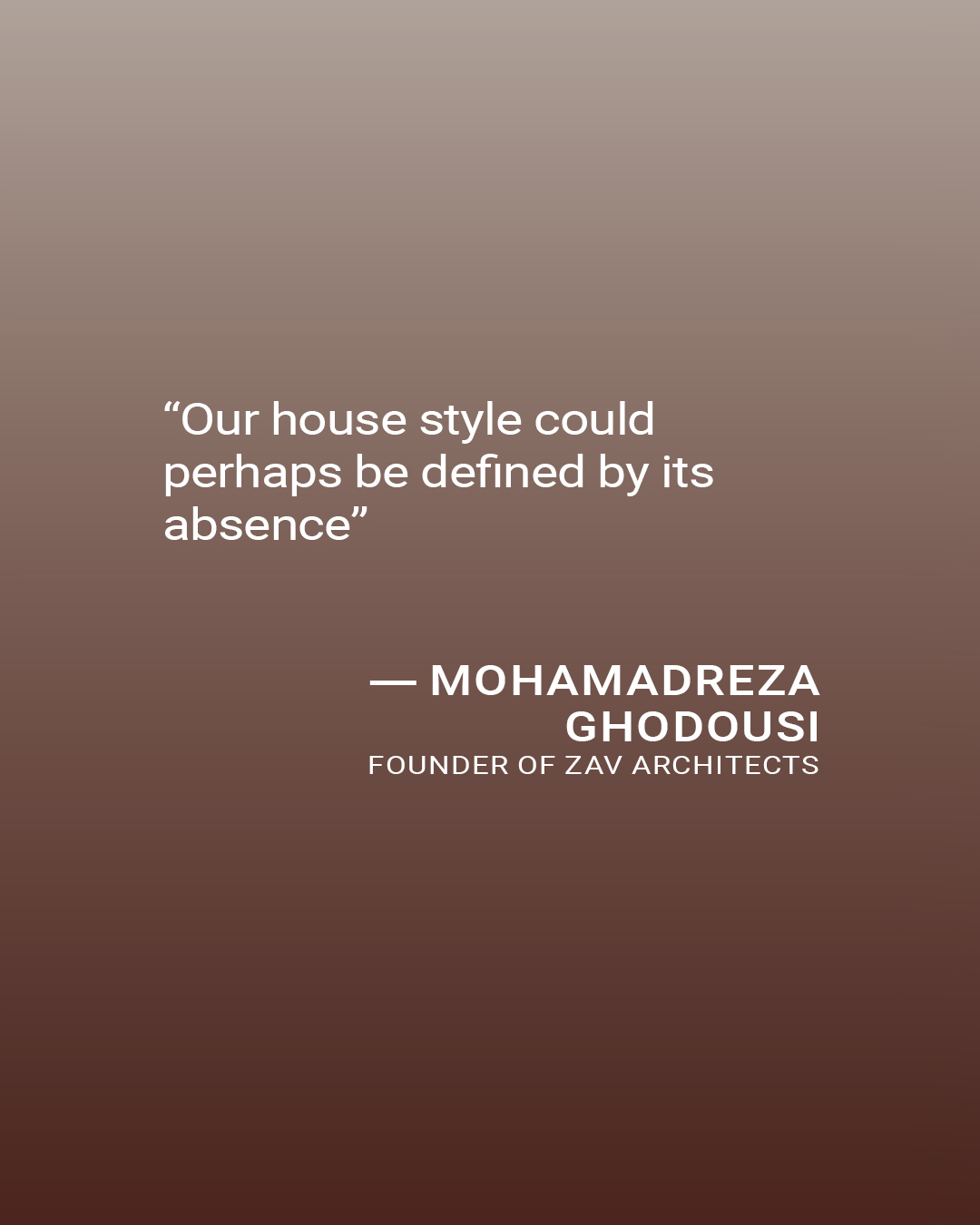
As this is the power issue, what empowers you and your team?
The current state of West Asia, dominated by oil economies and political deadlocks, has left societies hungry for alternative discourses across all domains and scales. Yet, these very conditions often silence such discourses, as they are perceived as luxuries in times of crisis. However, alternative narratives are essential—they hold the potential to drive change. For them to survive, they must empower themselves.
In our experience, what gives us an edge and amplifies our impact is the ability to find and refine our own lens through a process of observation, exploration, and understanding. This lens allows us to see the world differently and approach challenges with a unique perspective.
Moreover, our power exceeds the sum of its parts, thanks to the structures we’ve developed both within and through our office. Internally, sections like the Think Tank and Crafts Lab have evolved into entities in their own right. These frameworks, combined with the process-driven approach of our designs, generate processes that become agents of change in their own capacity.
View the visionaries.
View the complete id50 2025 list.
The Latest
In conversation with: Simon Wright of TGP International
identity interviews the Chairman and Founder of TGP International on the beginnings of the business and how the company shapes human experiences and memories in the hospitality industry.
We Design Beirut Edition Two: A Collective Revival
Uniting designers, artisans, and visionaries to reimagine Beirut’s future
Carving the Future of UAE Design at Downtown Design
Finasi and Pallavi Dean from Roar help shape culture, craft, and creativity all made in the UAE
Tashkeel Unveils Tanween Collection 2025: A Fusion of Heritage and Innovation
The program Emirati designers to craft sustainable, culturally rich futures
Roche Bobois Makes a Bold Debut at Downtown Design 2025
Where artistry, colour, and craftsmanship converge to redefine luxury living in the Middle East
Highlights from Feria Hábitat València
The fair received over 40,000 visitors this year, even after being shortened to a three-day event
Things to Covet
Here are some unique pieces and home accessories that can add a refined touch to your home
Dubai Design Week 2025 Unfolds: A Living Celebration of Design, Culture, and Collaboration
The 11th edition of the region’s leading design festival unfolds at Dubai Design District (d3)
Preciosa Lighting Unveils ‘Drifting Lights’ at Downtown Design 2025
The brand debuts its newest 'Signature Design' that explores light suspended in motion
IF Hub Opens in Umm Suqeim
A New Destination for Design and Collaboration in Dubai
The Language of Weave
Nodo Italia at Casamia brings poetry to life
The Art of the Outdoors
The Edra Standard Outdoor sofa redefines outdoor living through design that feels, connects and endures

